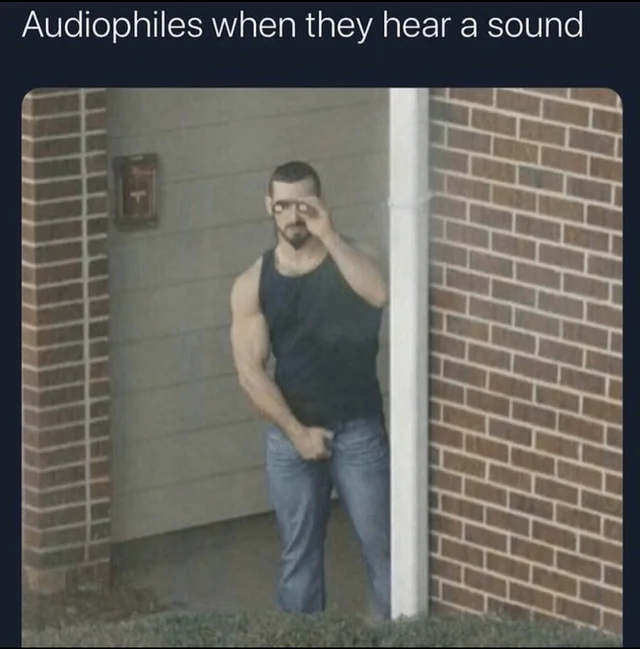- Μηνύματα
- 18.113
- Reaction score
- 60.270
Η παρέμβασή σου είναι...εκτός θέματος. :Α"for all number of technical reasons, stereo playback is never going to be able to accurately reproduce the sound of a live instrument or even a voice."
Από μηχανικό ήχου παιδάκια.
Ευχαριστώ.
Το πολύ το ΄΄Κυρ'ελέησον΄΄ το βαριέται και ο...Toole.
Κι εσύ εκτός...Παραθέτεις ως αναφορά οδηγίες χρήσης του νεότερου μοντέλου LSX αντί του LS50W κι επιπλέον η διόρθωση φάσης ως ενέργεια δεν ταυτίζεται απαραιτήτως με τη χρονική ευθυγράμμιση.
Σελίδα 20, "Subwoofer and Bass Settings", "Phase Correction".

Last edited:





